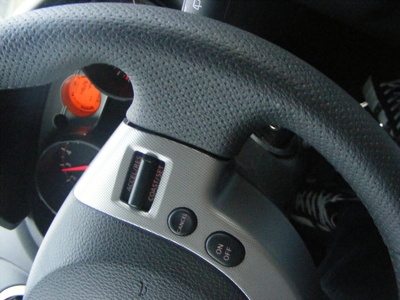
Tie rod ends are a vital ink in the steering of your car. If you're experiencing "play" in your steering wheel, check your tie rod ends for wear. Generally, any looseness in a tie rod end is an indication that it should be replaced. With care, outer tie rod ends can be a do-it-yourself repair. However, because of the special tools needed, inner tie rod end replacement on a rack-and-pinion steering system is best left to the experts.
Jack up the car and secure it on a jack stand.
Verify the need to replace the outer tie rod end by attempting to move the tire left to right. This is easier with a helper who can move the tire while you look at the tie rod end.
Make a mark on the tie rod, and measure the distance between the grease fitting on the rod end and the mark.
Remove the cotter pin on the tie rod end.
Remove the nut on the tie rod end.
Place the tie rod puller on the steering arm end with the puller bolt centered on the tie rod end stud. Tighten the puller screw with a wrench until the tie rod end releases from the steering arm.
Loosen the sleeve bolt and unscrew the tie rod end from the sleeve. Some cars don't have a sleeve and clamps; they have a locknut on the tie rod end threads. Loosen this locknut to unscrew the tie rod end.
Install the new tie rod end to the sleeve. Turn the tie rod end in the sleeve until the distance between the grease fitting and the paint mark you made equals the previous measurement.
Tighten the sleeve bolt.
Install the stud into the steering arm and tighten the nut securely.
Install a new cotter pin. If the cotter pin holes aren't lined up correctly, turn the nut tighter until the cotter pin will pass through--don't loosen the nut to align the cotter pin holes.
Install the tire and tighten the lug nuts.